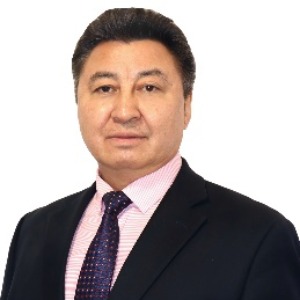Title : Inhalation sedation as a forced therapy measure for super-refractory status epilepticus
Abstract:
Traditionally, the treatment of SRSE uses anesthetics (midazolam, barbiturates, and/or propofol) and anticonvulsants in intensive care units equipped with assisted ventilation, complete monitoring of the cardiovascular system, and continuous EEG monitoring.
If SE is not controlled by the initial anticonvulsant protocols, it is considered refractory and requires treatment with general anesthesia with inhaled anesthetics isoflurane (minimum alveolar concentration (MAC) 1.0) or sevoflurane with mechanical ventilation in order to reduce excitotoxicity and secondary brain damage to control convulsive activity. Airway management by intubation and mechanical ventilation is regulated to maintain pulseoximetry ≥95% and/or PaO2 ≥80 mmHg and eukapnia (PCO2 35-40 mmHg). The time to start treatment is directly related to the severity of its prognosis, as the duration of SRSE is directly correlated with higher mortality and morbidity. Therapeutic hypothermia of 34-35°C as a measure to protect the brain from cerebral hypoxia in patients with SRSE with difficult-to-control cerebral edema is an extreme measure when antiepileptic drugs and anesthetics have failed.
The elimination of inhaled sedatives is independent of liver and kidney function. Inhalation anesthesia in combination with hypothermia showed excellent efficacy and had no significant side effects (mild hypotension was relieved by infusion of saline solution and a low dose of norepinephrine). Conclusion: There is growing evidence from the published literature in support of volatile anesthetic agents as sedatives for mechanically ventilated ICU patients, but in specific clinical situations. The refractory status epilepticus, status asthmaticus and patients with hepatic or renal failure are among those specific indications, as the benefits outweigh the risks.



